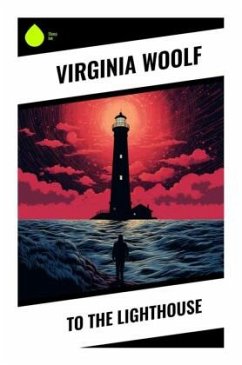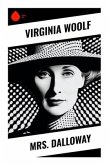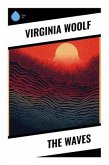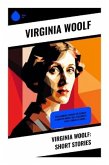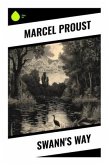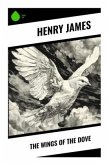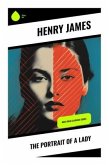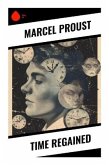Virginia Woolf's "To the Lighthouse" is a masterpiece of modernist literature that delves into the intricacies of human perception and the passage of time. Structured around a family's visits to the Isle of Skye, the novel is divided into three parts: the pre-lighthouse journey, the visit itself, and the post-visit reflections. Woolf employs her signature stream-of-consciousness technique, allowing readers intimate access to the thoughts and emotions of her characters. This innovative literary style not only captures the ephemeral nature of experience but also reflects broader themes of gender, art, and the transient beauty of life, firmly situating the work within the context of early 20th-century literature and the exploration of consciousness. Woolf, a central figure in the Bloomsbury Group, was profoundly influenced by her own experiences of loss and the complexities of domestic life. Her innovative approach to narrative, shaped by her introspective nature and keen observations of society, resonates in her depiction of the Ramsay family's dynamics and their interactions with the external world. "To the Lighthouse" serves as both a personal and universal reflection on the nature of existence, drawing on Woolf's own familial relationships and her struggles with the societal expectations placed upon women of her time. This novel is highly recommended for readers interested in the intricacies of modernist literature and the exploration of human consciousness. Woolf's lyrical prose, rich characterizations, and profound thematic explorations create an immersive experience that invites reflection and introspection. "To the Lighthouse" is not merely a tale of a family's journey but a profound inquiry into the very nature of life and art, making it an essential read for anyone seeking deeper insight into the human experience.
Bitte wählen Sie Ihr Anliegen aus.
Rechnungen
Retourenschein anfordern
Bestellstatus
Storno

